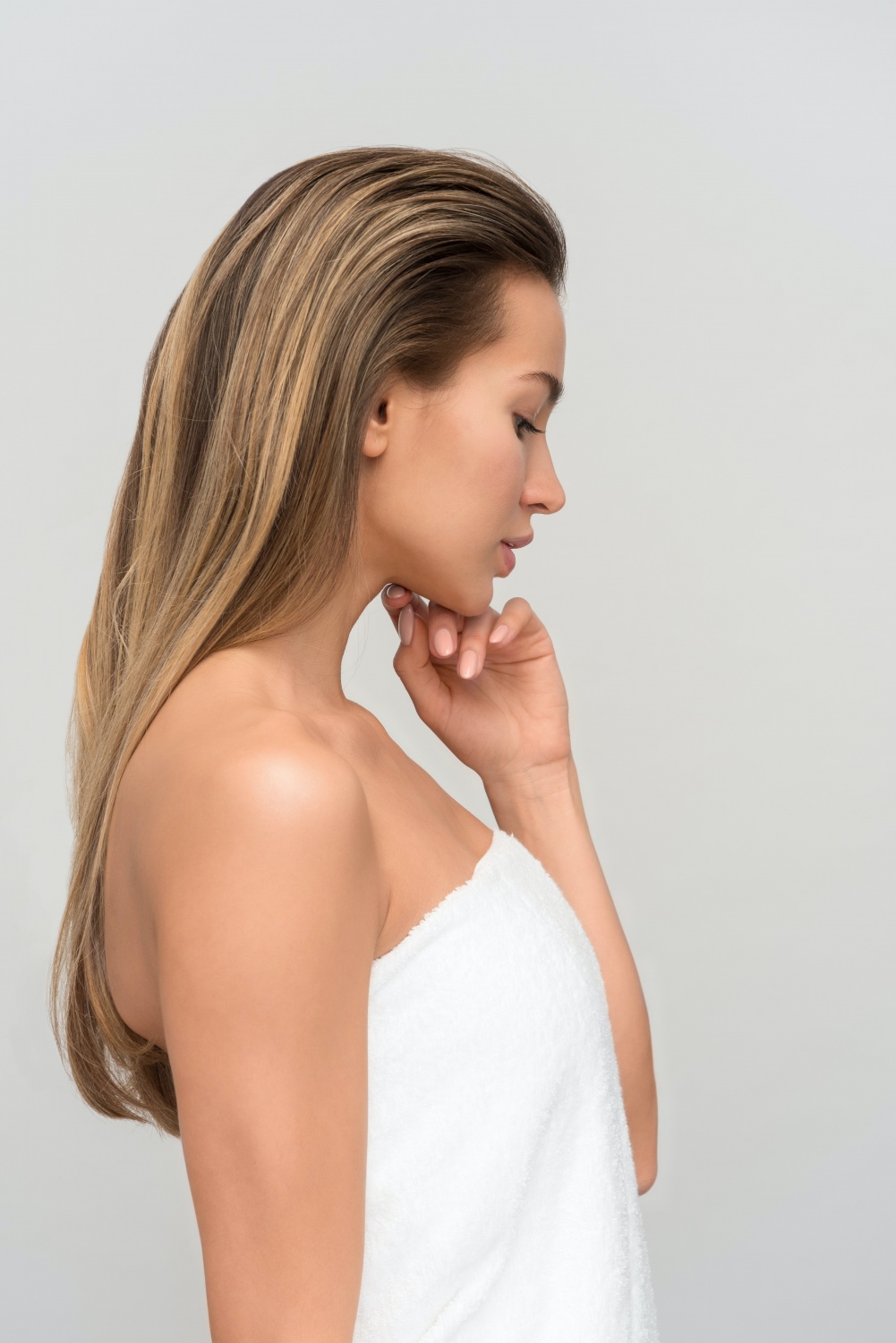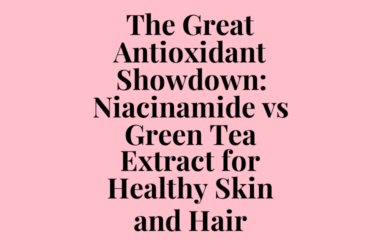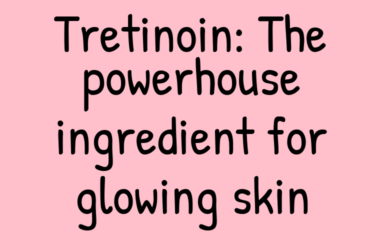Kojic Acid was first discovered in Japan back in 1907. It was extracted from a strain of fungus known as Aspergillus oryzae which grows on steamed rice. Scientists found out that the extraction inhibited overproduction of melanin. Melanin is the pigment responsible for your eye, hair and skin color. Overproduction of melanin is what causes the darkness in skin. And the amino acid called tyrosine is what encourages the presence of melanin. Kojic acid actually stops the tyrosine from functioning. Thus, Kojic Acid Lightens Your Skin and Reduces Dark Spots.
Table of Contents
Kojic Acid Benefits
Kojic’s acid primary use , and benefit, is to lighten visible sun damage, age spots, or scars. This can result in an anti-aging effect on the skin.
In addition to skin-lightening effects, kojic acid also contains some antimicrobial properties. It may help fight off several common types of bacterial strains even in small dilutions. This can help treat acne caused by bacteria in the skin. It may also lighten scars from acne that haven’t faded yet.
Kojic acid also has antifungal properties Trusted Source. It’s even added to some antifungal productsTrusted Source to increase their effectiveness. It may be useful in treating fungal infections of the skin like yeast infections, candidiasis, and ringworm or athlete’s foot. If you use soap containing kojic acid regularly, it may help prevent both bacterial and fungal infections on the body.
Read also: Kojic Acid: Its Effect on Skin with Acne
Final Thought
When using kojic acid topically, you’ll likely start to see results within two weeks. You can use kojic acid to treat areas of hyperpigmentation or scarring. If you experience any redness, rashes, irritation, or pain when using kojic acid, stop using it immediately. To soothe immediate irritation, you can apply over-the-counter hydrocortisone cream to the affected area.




